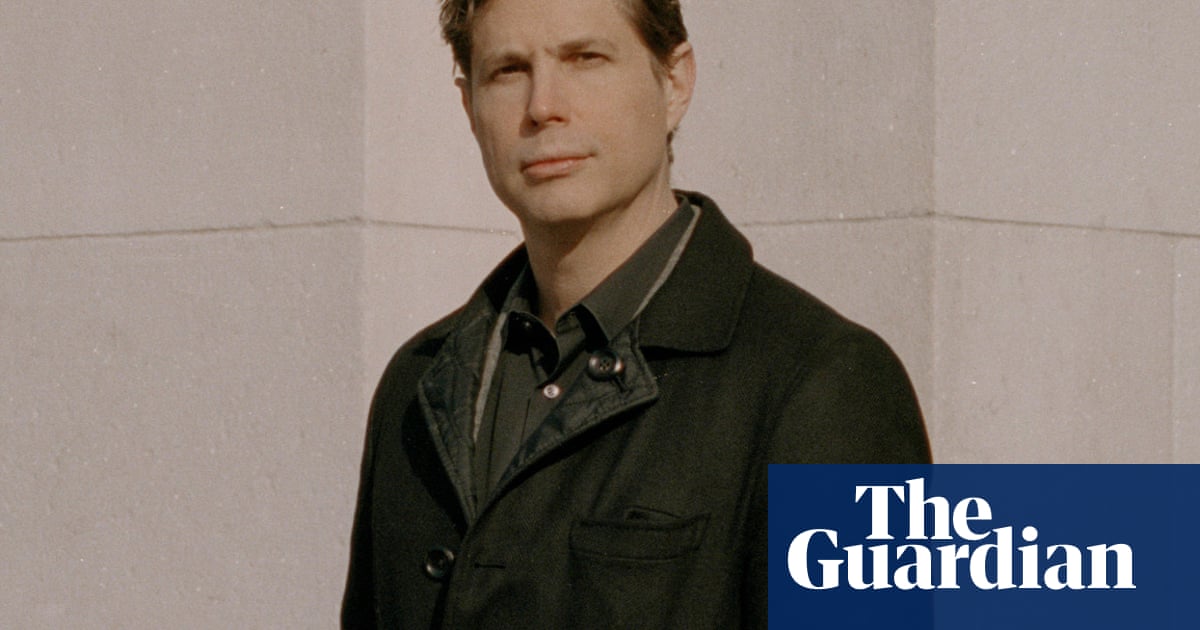Georg Wilhelm Pabst was one of the most influential film directors in Weimar Germany, probably best known on the international stage for discovering Greta Garbo and Louise Brooks. His radical approach earned him the nickname of “Red Pabst”, and when Hitler was elected to power in 1933, Pabst reacted by taking his family to the United States. He intended to emigrate permanently, but what was supposed to have been a brief trip back to Austria to visit his sick mother saw Pabst detained inside the Third Reich for the duration of the second world war. This unfortunate turn of events had a dramatically detrimental effect, not only on Pabst’s immediate situation but on his entire postwar career.
Daniel Kehlmann has frequently used historical events as the basis for his fiction, most famously in his breakout 2005 novelMeasuring the World, which draws on the work of the German explorer and geographer Alexander von Humboldt, and more recently in 2017’sTyll, which brings to life the capricious exploits of the legendary jester Till Eulenspiegel during the thirty years’ war. But Kehlmann’s works are so much more than fictionalised biographies, and his new novel The Director is as imaginative and bold in its use of editing as Pabst’s own movies.
In the opening chapter Franz Wilzek, the assistant director on Pabst’s lost 1945 film The Molander Case, is being interviewed on TV about his life and career. Wilzek, who is in the early stages of dementia, insists that this elusive film was never shot. The underhum of hostility around the subject from both the interviewer and his producer hints at something unspoken, the memory of an event that Wilzek either cannot or will not revisit. But Franz Wilzek did not really exist, and the film he is said to have worked on was left unfinished.
Sign up toInside Saturday
The only way to get a look behind the scenes of the Saturday magazine. Sign up to get the inside story from our top writers as well as all the must-read articles and columns, delivered to your inbox every weekend.
after newsletter promotion
This is just one of the novel’s divergences from recorded history, and anyone looking to uncover the details of Pabst’s life will find Kehlmann an unreliable narrator. But nothing in Kehlmann’s world is accidental, and The Director is more interested in the unstable no man’s land between facts and the truth than in any point-by-point rehash of “what really happened”.
Following a meeting with Joseph Goebbels that ricochets queasily between horror and comedy, Pabst tries to convince himself that “all he’d had to do was make a hand gesture and say a few words”. Meanwhile, in the decaying rural mansion that has become his prison, his son Jakob – a fictional amalgamation of Pabst’s two real sons, Michael and Peter – is forced by schoolfriends to enter a bottomless cellar where the Pabsts’ black-shirted caretaker Jerzabek scuttles in the cobwebby darkness like a giant spider. Trude Pabst – an actor and aspiring screenwriter before taking on the sacrificial duties of Great Man’s Wife – is caught in a web of her own, increasingly finding solace in alcohol, if only to avoid the society of her Nazi neighbours.
Pabst himself seeks refuge in work, taking on subjects that are “German enough” not to offend the censor. The films he creates offer their own coded criticisms of the regime, though in the eyes of the postwar commentariat, his resistance is too covert, too artistic. The novel’s denouement takes us finally to the film set of The Molander Case, relocated to Prague in order to escape the allied bombing. Pabst is determined to finish the film by whatever means necessary, even as more and more of his support staff are forcibly conscripted into the Wehrmacht. He insists to Wilzek that “without us, everything would be the same, no one would be saved, no one would be better off. And the film would not exist.” This argument about the ultimate supremacy of art has been the position Pabst has occupied all along; in the midst of the falling bombs and the fleeing civilians, the teenage soldiers and the advancing Russians, it is an argument that is forced to its utmost and must surely break.
Even at this distance of 80 years, the sense of claustrophobia and ultimate folly is all encompassing. One feels an aching sympathy for Pabst, caught in a situation so far beyond his control that “when he tried to breathe in, there was only icy water, and in the distance, he knew, monsters were moving … black and many-armed, at home in the darkness”. It would seem that Kehlmann also is prepared to cut him some slack, saving his bitterest condemnation for Leni Riefenstahl, who really did use concentration camp inmates as extras, and for Alfred Karrasch, the author of the novel on which The Molander Case is based and who, unlike Pabst, really did espouse Nazi ideology in his work. Kehlmann’s characterisation of both is hilarious, merciless and brilliant. The Director has all the darkness, shapeshifting ambiguity and glittering unease of a modern Grimms’ fairytale: it is Kehlmann’s best work yet.The Director by Daniel Kehlmann, translated by Ross Benjamin, is published by Quercus (£22). To support the Guardian buy a copy atguardianbookshop.com. Delivery charges may apply.
